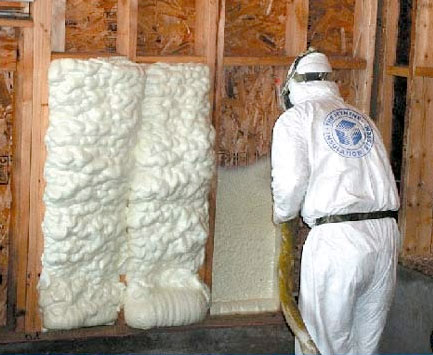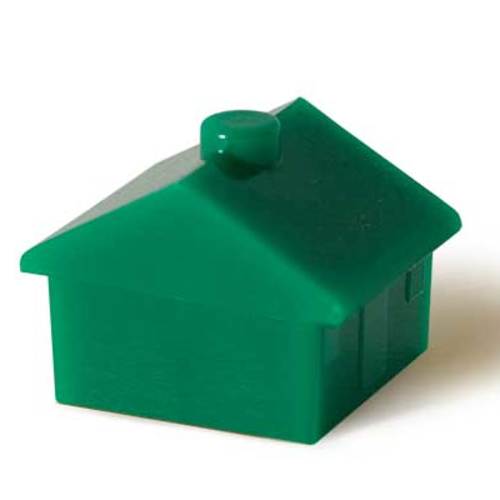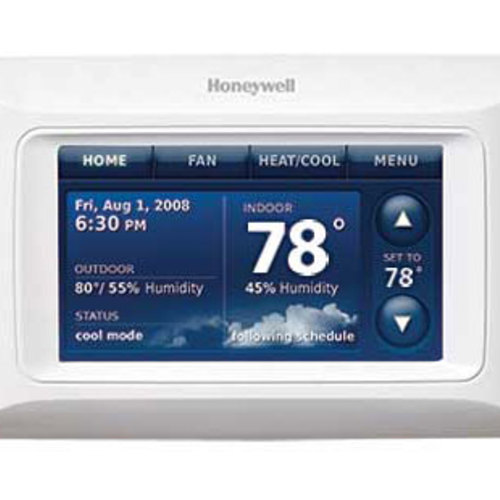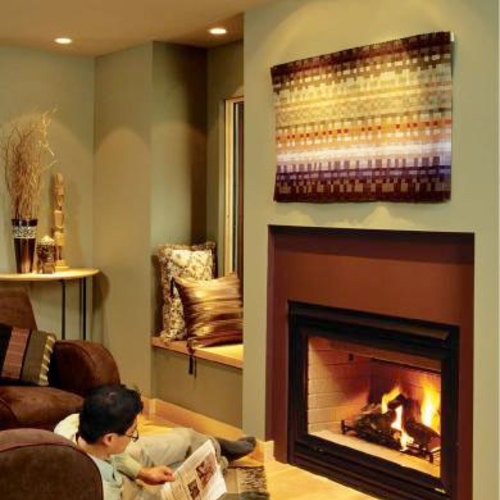
9 Steps to A Greener Code
Recent spikes in energy costs have increased the attention on regulatory measures that limit energy waste. Those same energy price increases have also gained the attention of President Obama, who made energy efficiency central to his stimulus package, specifying the need to improve energy efficiency in 2 million homes.
Last week we looked at air sealing, this week we look at insulating. In cold zones the level of insulation has increased, and so has the size of allowable cathedral ceilings.
STEP 2: MORE INSULATION, LESS CATHEDRAL CEILING (TABLE N1102.1 IRC AND IECC)
The code: In numerous areas of Chapter 11, insulation requirements have been increased or trade-offs that allowed for insulation reductions have been removed. This effectively improves the thermal envelope to retard heat flow. For example, floor insulation increased in two climate zones; basement insulation increased in several climate zones.
What it means to you:
In colder zones (5-8) there is a small but effective increase in insulation in walls, floors, and basements.
In addition to these modest increases, there was one significant change. Cathedral ceilings tend to have limited insulation and can account for large energy losses. The IRC has now limited the area of certain types of cathedral ceilings — those with reduced insulation levels — to either 20% of the entire ceiling area or 500 sq. ft., whichever is less. (There is no limitation on cathedral ceilings that are fully insulated.)
Basement insulation was also added to portions of Climate Zone 3 where, previously, you were not required to install it.
While some of these code changes occur only in the IECC and not in the IRC, it is important to note that either energy code can be used for those building single-family homes. Generally, the added costs of increased insulation material will be minor and the labor costs should not change, compared to the energy savings realized.
The 2009 building codes reflect practices that not only increase energy efficiency—air-sealing measures and increased insulation, for example—but also address sustainable building practices, such as moisture control.
Other segments of this series:
Part 4: Programmable Thermostats
Part 7: Insulating Mechanical Pipes
Part 8: Exceeding the Energy Code
Weekly Newsletter
Get building science and energy efficiency advice, plus special offers, in your inbox.














7 Comments
Above Code Programs - great option
One way I've been able to 'avoid' some of the prescriptive limitations (like the cathedral ceiling limitation Lynn points out) of the building code is by using N1101.8 Above Code Programs. This permits the local official to deem an energy efficiency program to exceed the code requirements. This provision is unchanged from the 2006 IRC so I've been using it for a few years. I get my projects certified under the Energy Star Home program and submit the approval certificate to the building department.
BS
Wow! You are proud of the way you are getting around the fact the foam IS BUSTED. No more using R-19 on a 4/12 roof pitch and conning people into believing it is better than r-60 loose fill on the ceiling for more cost! So you just get some ignorant energy auditor that you have sold on foam and DEFY the 09 IRC's logic, and fck the customer over.
Ass-umptions?
I hardly need to come to the defense of Mike Guertin, his integrity and commitment to the improvement of the way people build homes is well documented. But I have to take issue with folks who make inflammatory comments such as this one by "greg" who doesn't give his full name, uses abbreviations like "BS" and "fck", and attacks Mikes comments by assuming that he is talking about spray foam when he is actually talking about finding a way to build an energy star home with a cathedral ceiling that is more than 20% of the ceiling area.
My partner, Beth Williams, recently designed a house that is 100% cathedral ceiling (R-38), uses 2-3 kilowatt-hours per day (equal to a 100 watt light bulb) and has already paid back all the electricity used on site for it's construction.
http://www.frogpondfarm.org/houseConstruction.html
Cathedral ceilings don't automatically indicate use of foam, and my energy auditor certainly wouldn't credit 6" R-20 foam as better than R-60 "loose fill" (code for cellulose?) People like this who jump to assumptions and vitriolic language while posting anonymously do nothing to forward the cause of reasoned and intelligent discussion of the complex issues presented by the code and green building practices.
Foam is busted?
I am want to build an active solar home using concrete sips for the walls.the south side of the home would have a sunspace with the heat rising into the attic and then blowing the heated air down between the joists and the drywal on the north wall.Since I am using a SIP the space between the studs won't be insulated and the empty space can serve as an entire wall duct system. I don't want a vented attic for obvious reasons! My plan was to use two inches of polyiso directly against the underside of the roof decking to stop infiltration and then use 14 inches of of fiberglass insulation (r52). Would this work or would I have a misture problem? [email protected]
Response to Robert
Robert,
Q. "My plan was to use two inches of polyiso directly against the underside of the roof decking to stop infiltration and then use 14 inches of of fiberglass insulation (r52). Would this work or would I have a moisture problem?"
A. Whether or not this will work depends on your climate zone. For more information, see these two articles:
Creating a Conditioned Attic
Calculating the Minimum Thickness of Rigid Foam Sheathing
Response to Robert
Robert,
1. Yes, you can install a second layer of OSB on top of the polyiso.
2. Check with your local code official to be sure that 2 inches of polyiso meets local requirements for the minimum R-value of rooftop foam. Remember, the more air-permeable insulation you install between your rafters, the thicker the polyiso has to be to keep the OSB above the dew point.
Thanks
Martin,
Thank you for a very timely response and the two links you included in your reply. I think it will be a lot easier to put the rigid polyiso outside on the roof decking than in between the rafters! It will also be a better solution for thermal breaks. I intend to build my home in central Ohio. While R39 should meet code, I want to exceed code. Once I have put the poliyso on the top of the deck would it be alright to put fiberglass batts under the roof deck? Also would it be alright to put another decking of OSB on top of the insulation? This would basically make my roof a cheaper SIP right?
Log in or create an account to post a comment.
Sign up Log in